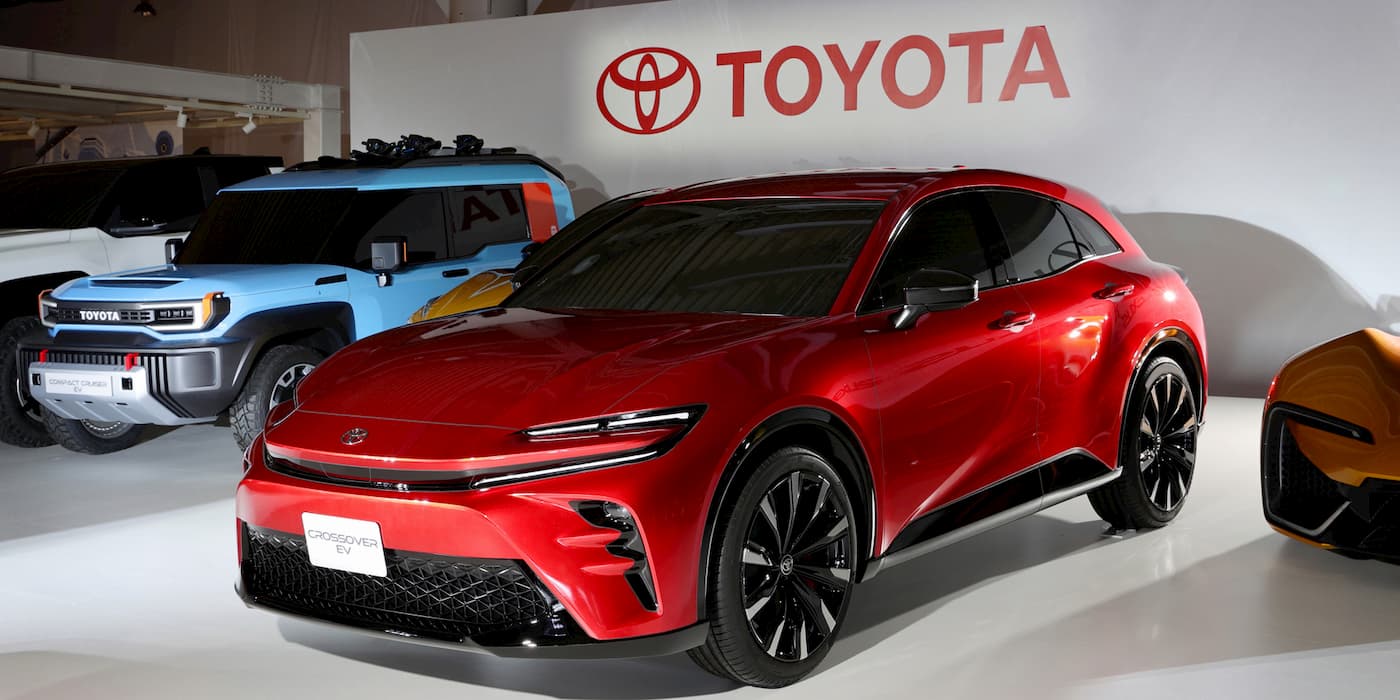
Toyota and Stellantis, two of the world’s largest automakers with a history of opposing an all-electric future, filed complaints with the US government as the EPA finalizes its 2027-2032 proposed emissions standards to slash air pollutants and greenhouse gas emissions.
In April, the EPA revealed new, more aggressive proposed emissions standards under its Clean Air Act authority that improved upon President Biden’s previous goal of having 50% of new vehicle sales be electric by 2030.
The proposed rules would establish stricter vehicle emissions standards for air pollutants and greenhouse gas (GHG) emissions, starting from model year 2027 and running through 2032.
As the EPA notes, the transportation sector is the largest US source of GHG emissions representing 27.2%. Within the sector, light-duty vehicles are the biggest contributor at 57.1%, thus representing 15.5% of total US GHG emissions.
The Biden administration has recognized the potential of zero-emission EVs and their ability to significantly reduce emissions. As such, the administration has passed several landmark bills to provide significant funding and support as the auto industry transitions to electric.
Since the passing of the Bipartisan Infrastructure Law of 2021 and the Inflation Reduction Act (IRA) last year, over $100 billion in new US battery manufacturing and supply chain investments have been announced, while another over $30 billion is planned to go toward over 70 new or expanded EV component or assembly plants.
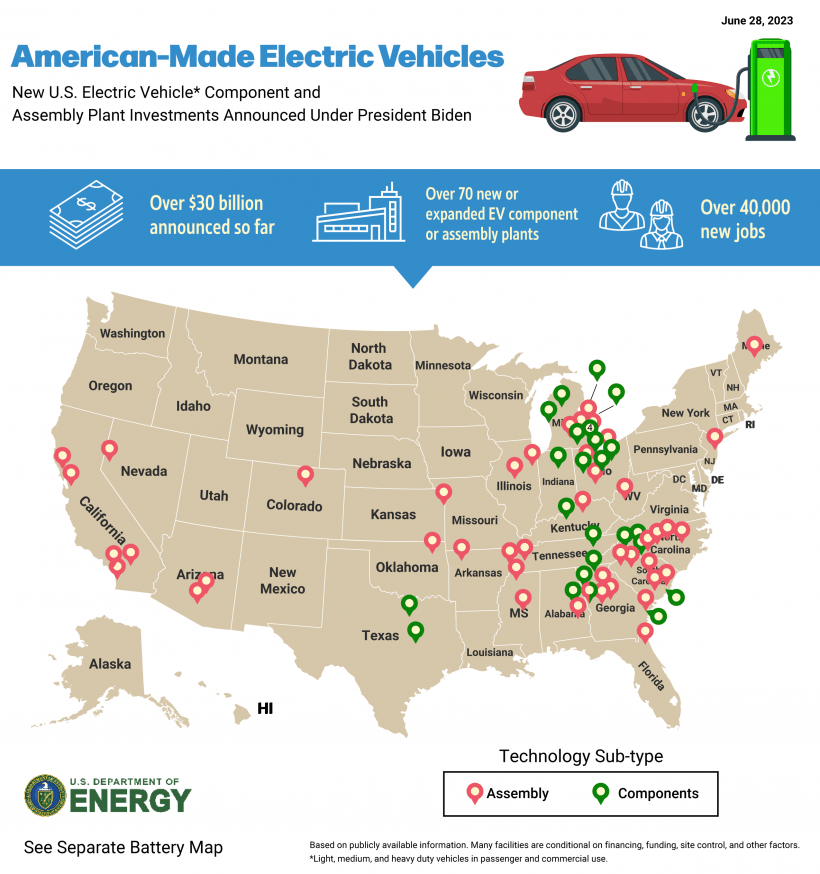
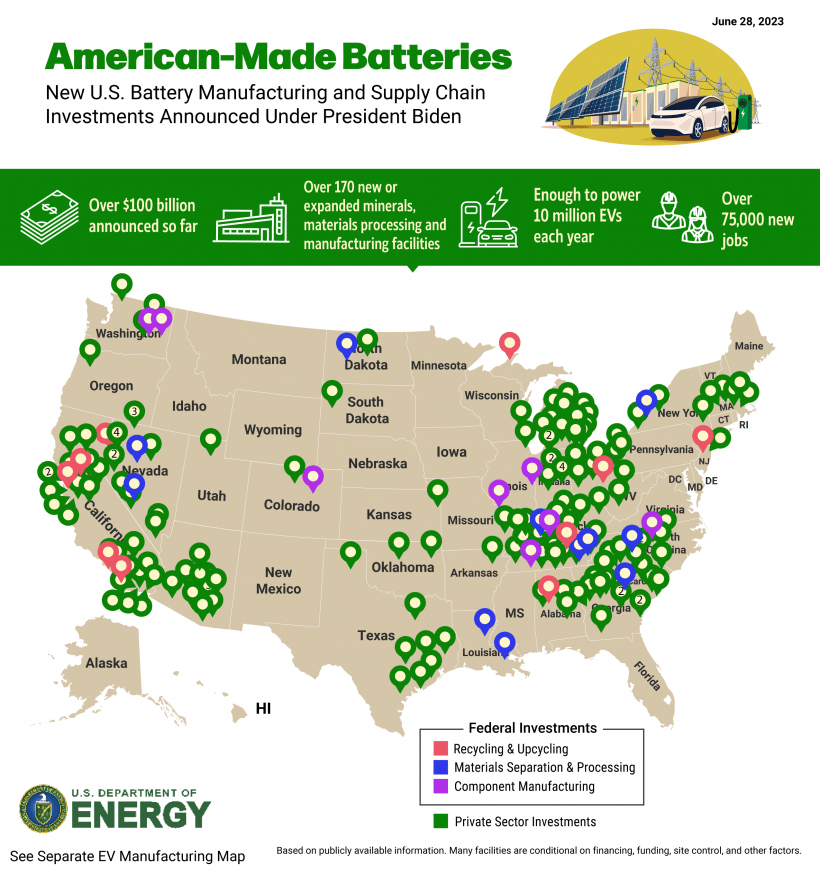
The EPA says industry advancements in EV production and sales are already happening globally and here in the US due to significant investments from automakers, a growing preference for zero-emission, and added government support.
According to the EPA, these advancements “represent an important opportunity for achieving the public health goals of the Clean Air Act.” Its new emissions rules, which project EV market share reaching about 60% by 2030 and 67% by 2032, forecast nearly 10 billion tons of emissions can be avoided.
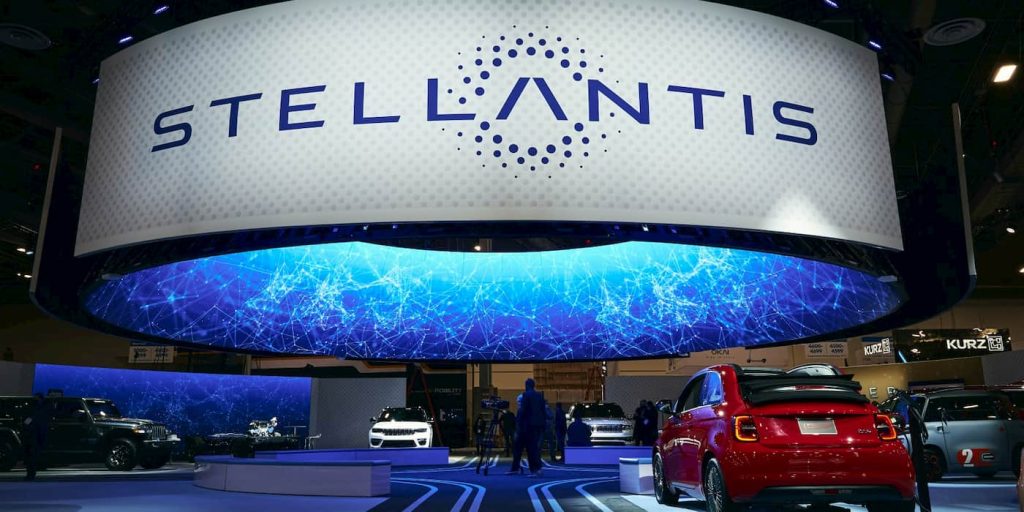
Toyota, Stellantis complain about EPA’s emissions rules
According to the comments filed (via Bloomberg), Toyota and Stellantis believe the EPA’s proposed “multi-pollutant” emissions standards promote unrealistic sales goals (maybe for them).
Toyota said the EPA’s proposal “underestimates key challenges, including the scarcity of minerals to make batteries, the fact that these minerals are not mined or refined in the US, the inadequate infrastructure, and the high cost of battery-electric vehicles.”
The Japanese automaker has been arguably the biggest laggard as the auto industry transitions to fully electric vehicles. Of the over 4.15 million cars sold globally in the first half of the year, only a fraction (about 0.19%) were fully electric.
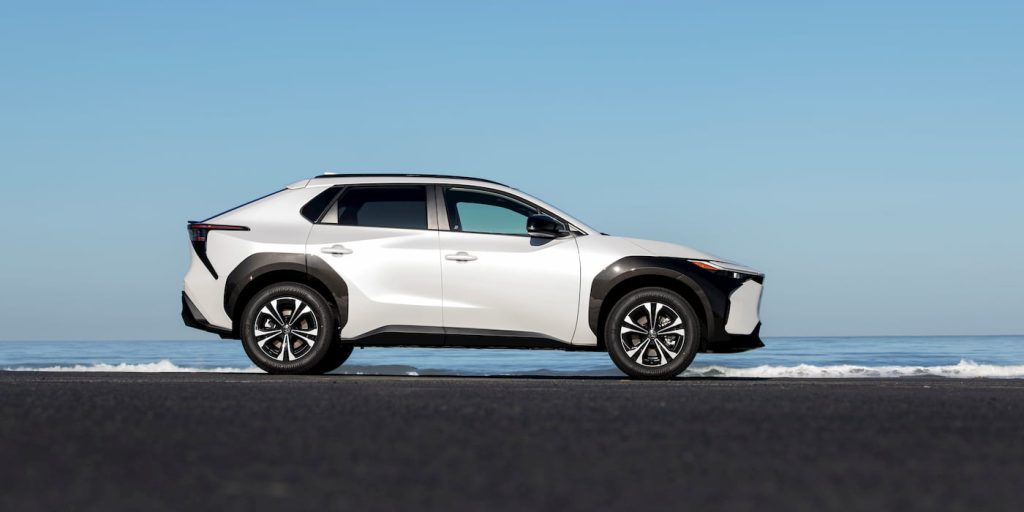
Toyota has insisted on sticking to a “multi-pathway” approach that includes hybrids and fuel cell EVs. Even its shareholders are raising concerns over the automaker falling behind EV leaders like Tesla.
Meanwhile, Stellantis (the parent company behind Ram, Jeep, Dodge, Chrysler, Fiat, etc.), which has yet to put a fully electric passenger vehicle on the streets in the US, said the EPA’s plan had an “overly optimistic expectation for EV market growth.”
Stellantis argued the EPA forecasted EV “adoption rate far exceeds what is supported by the policy actions in place and adds significant risk to the automotive industry who must comply with these standards whether these assumptions hold true or not.”
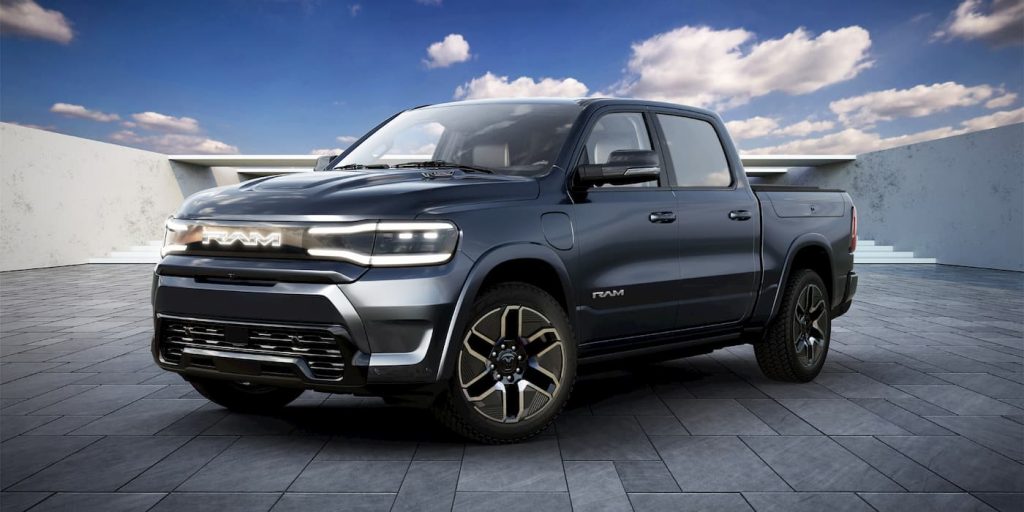
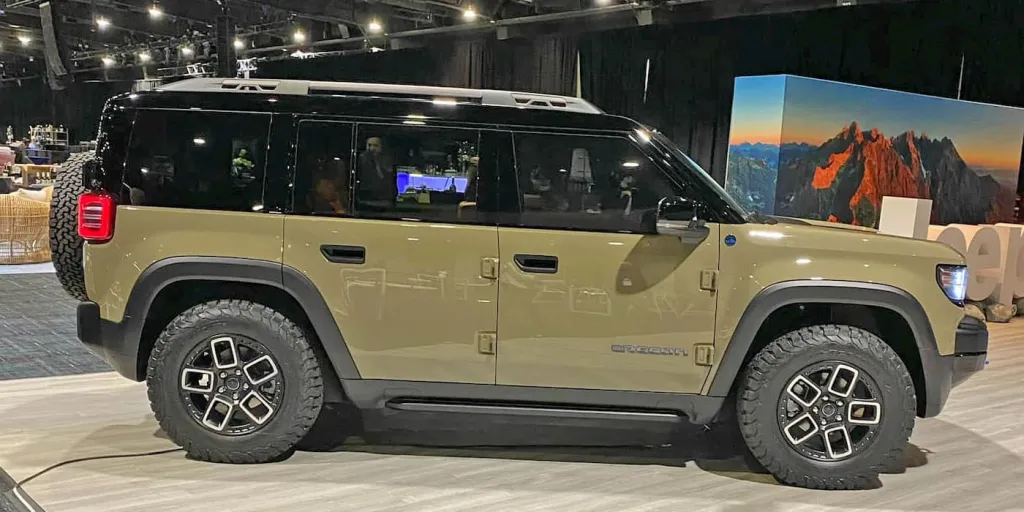
The automaker’s first electric pickup, the 2025 RAM 1500 REV, is due out later this year, while Jeep is slated to release its first EVs, the Recon and Wagoneer S.
Both Toyota and Stellantis have given more attention to EVs lately with a series of investments from each, including next-gen EV battery tech and new dedicated platforms as EV sales heat up across all key auto markets.
Electrek’s Take
The news comes as no shocker as both Toyota and Stellantis have a rich history of opposing going all in on electric.
Toyota is one of the few automakers that have yet to set a date that it plans to only sell electric cars, while Stellantis is aiming for a 50% EV share in the US (100% in Europe) by the end of the decade.
Meanwhile, Tesla told the EPA that the US could go all-electric by 2030, but it would be okay with a 69% EV share by 2032.
Several markets have already proven it can happen, like Norway, for example, yet legacy automakers (who continue investing in ICE vehicles, by the way) are pushing against it.
Rather than fighting the change, both Toyota and Stellantis could take advantage of the rapidly changing US market as the need for high-volume electric options continues climbing.
FTC: We use income earning auto affiliate links. More.
